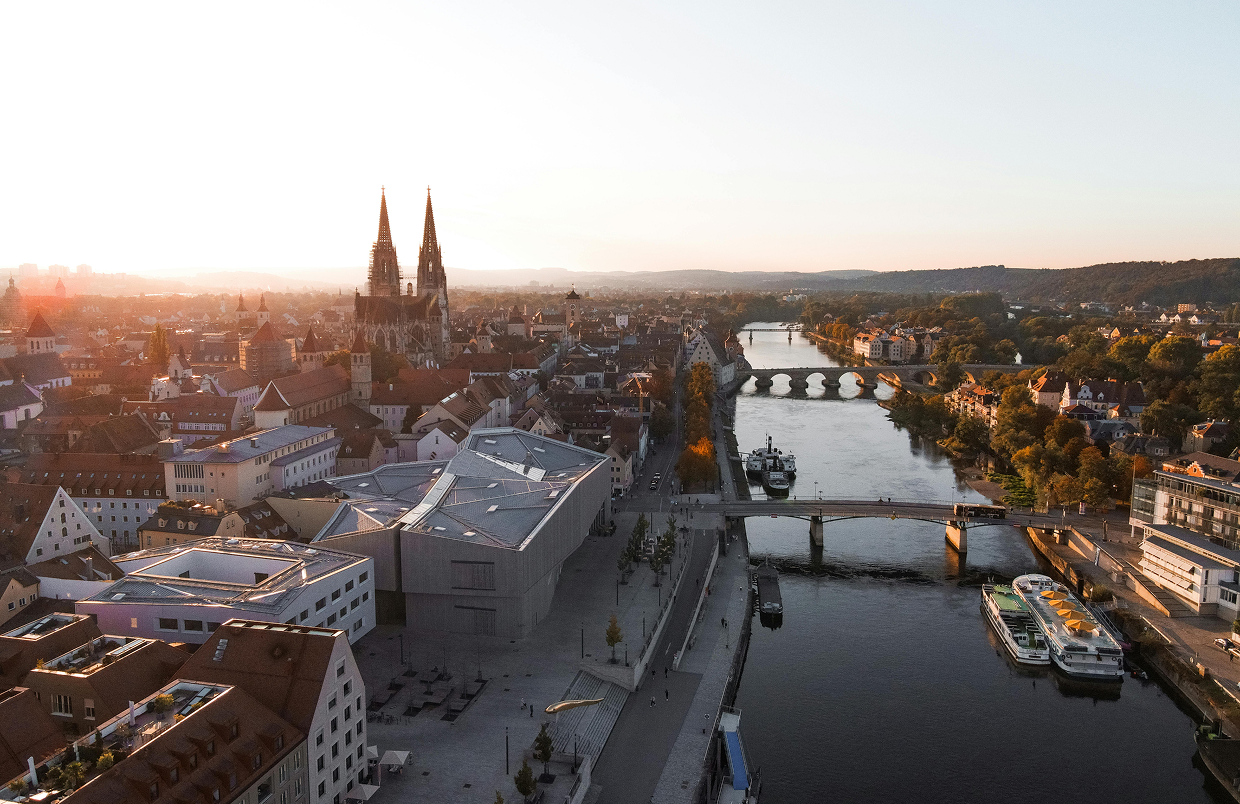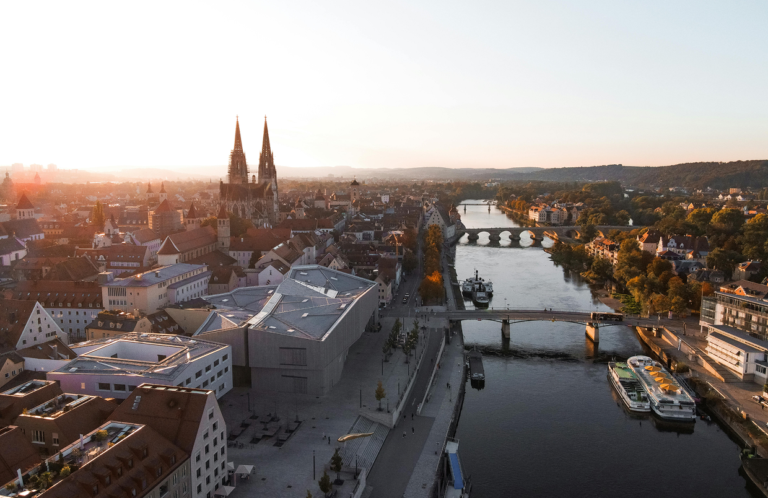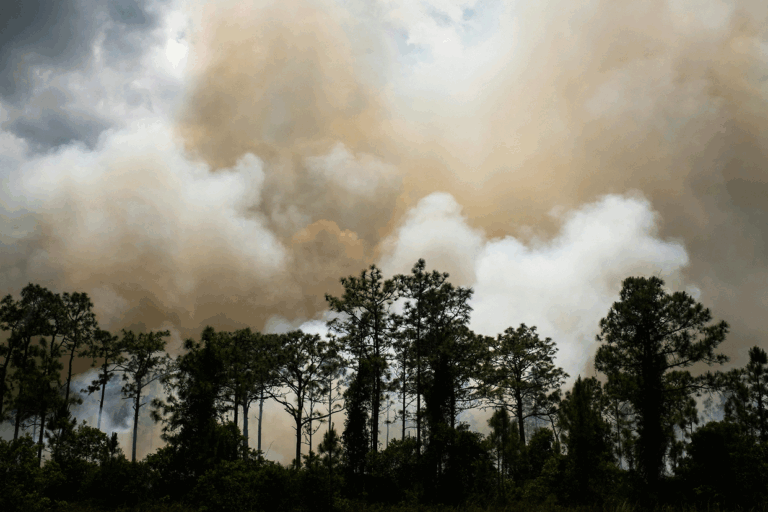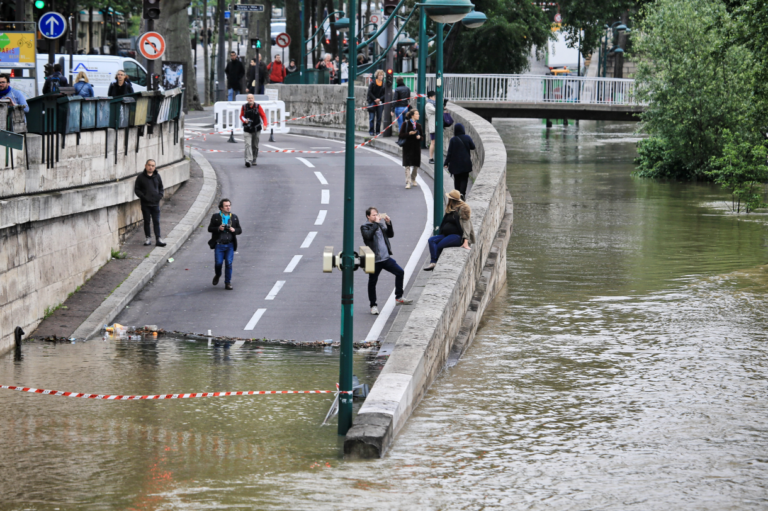Adaptation is an integral part of life. It’s the adjustments we—and all living things—make to changing conditions to ensure our survival. Over evolutionary time spans, adaptation describes changes in biology. Humans can also adapt to new conditions by planning, changing behaviors, developing technologies, and making other adjustments.
Tens of thousands of years ago, humans often adapted to changing weather patterns by migrating. Our early ancestors faced unpredictable, unstable climate conditions, which they adapted to by moving around, following these shifting weather patterns and the movements of animals. About 12,000 years ago, as the climate became more stable with slower, less dramatic temperature changes, humans began to settle. When changes did occur, they were gradual, allowing us to adapt our tools, shelters, and practices.
Today, our climate is changing more rapidly than at any point in modern human history. We will need to think in new ways about what it means to adapt in the context of settled civilizations. Adaptation to climate change in modern life can take many forms, from changes you make in your own backyard to initiatives organized by governments and institutions. Many of these strategies and technologies already exist. With thoughtful planning and proactive action, we can better adapt to maintain our economies, ecosystems, and societies.
Today, our climate is changing more rapidly than at any point in human history. We will need to think in new ways about what it means to adapt in the context of settled civilizations.
What is climate adaptation?
Climate adaptation is the continuous process of making our systems better able to withstand challenges that stem from climate change, such as more extreme weather, shifting temperature and precipitation patterns, increasing heat, and sea level rise. Climate adaptation involves assessing, managing, and reducing climate risk.
A structured approach to climate adaptation generally follows four stages:
- Assessing current and future climate risks
- Developing strategies to prepare for these risks
- Implementing actions to lower those risks
- Monitoring results and iterating as needed
Climate adaptation can be undertaken at all levels of society, from personal actions to global efforts. On an individual scale, climate adaptation can include making an evacuation plan for your family in case of extreme weather, or purchasing insurance for your home that covers local climate hazards. On a national or global scale, climate adaptation can involve cooperation across governments to mobilize disaster response and recovery efforts or implement policy reforms to improve building standards.
No matter the scale of the action, climate adaptation is more effective when we consider its broader impacts on its connected systems and communities. For example, if local agencies in a coastal town understand flood risk across the watershed in which they are located, they can help ensure that their smaller-scale, local actions like wetland restoration or improved stormwater management not only address local needs but also support broader regional flood prevention.
When approached with the broader context, climate adaptation can help us mitigate climate impacts and future risks through careful planning that addresses today’s needs while anticipating future changes. Thanks to climate science, climate and weather models can help predict these changes and guide our planning.
Effective climate adaptation plans are often flexible, allowing planners to modify or reorient their strategies when climate conditions shift unexpectedly or in response to future uncertainty.
Effective climate adaptation plans are often flexible, allowing planners to modify or reorient their strategies when climate conditions shift unexpectedly or in response to future uncertainty.
Maladaptation
When we don’t consider the complexity and connectedness of our climate adaptation strategies, we risk maladaptation. Maladaptation happens when a climate adaptation strategy or decision leads to unintended consequences or greater harm than good for society or ecosystems.
For example, in a place experiencing more extreme storms due to higher global temperatures, embankments designed to prevent flooding in one place could disrupt natural water flow and overwhelm drainage systems, causing damage or flooding elsewhere. Similarly, removing trees and vegetation to reduce wildfire risk could intensify urban heat and reduce soil drainage, contributing to flooding during heavy rainfall.
Climate adaptation and climate mitigation
Climate adaptation and climate mitigation are complementary approaches to climate change. Climate adaptation addresses the symptoms of climate change, and climate mitigation addresses the root cause. Climate mitigation—also called greenhouse gas mitigation or decarbonization—aims to reduce the amount of greenhouse gasses in the atmosphere by preventing or reducing new greenhouse gas emissions and capturing or removing existing greenhouse gasses from the atmosphere. Because the scale and pace of atmospheric warming affect our ability to adapt, climate mitigation makes climate adaptation easier.
Examples of climate adaptation
Around the world, local businesses, governments, communities, organizations, and individuals have begun adapting to a changing climate. Here’s how different localities might adapt to climate hazards across heat, precipitation, and drought.
Climate adaptation to heat
Miami, Florida is among many cities facing more frequent, intense, and prolonged urban heat. To limit the risks posed by heat, locals can find ways to reduce their physical exposure to dangerous temperatures, minimize the impact of those temperatures on critical infrastructure, and strengthen public health response during heatwaves.
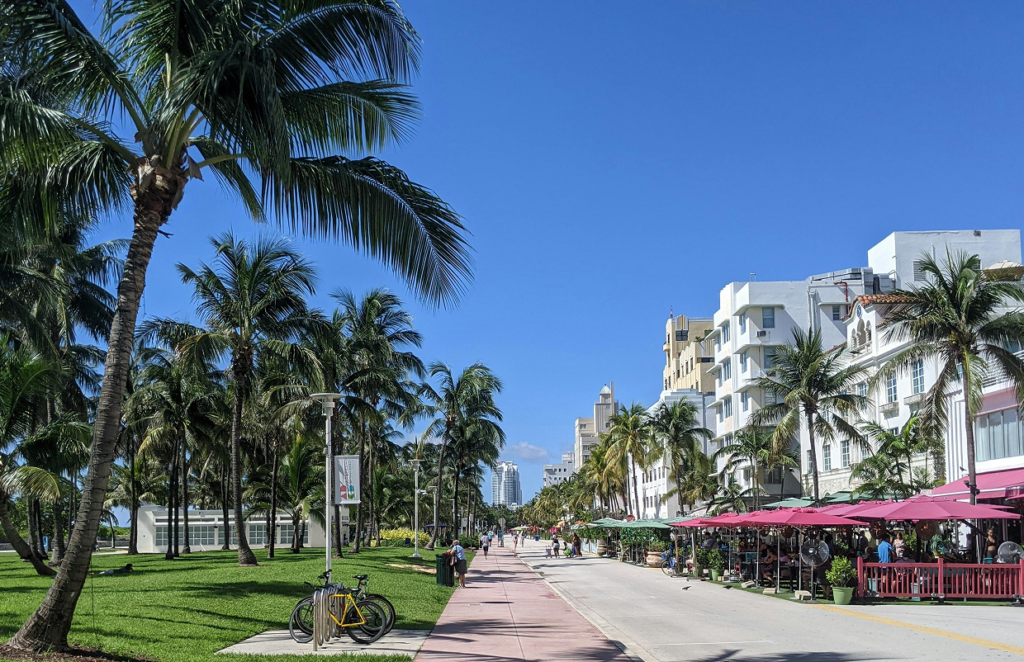
Here are some potential examples of adaptation to heat in Miami, Florida:
- Business. A local business facing stifling indoor temperatures and high air conditioning costs could install a reflective roof to reduce heat absorption and improve cooling efficiency.
- Government. The city could lessen the urban heat island effect in densely populated areas and school playgrounds by expanding its tree canopy to increase shade and break up expanses of asphalt and paved areas.
- Community. Neighborhood groups could organize wellness checks during heatwaves to ensure vulnerable residents, who are indoors with inadequate cooling, are moved to cooler environments, preventing heat-related illnesses.
- Individuals. Homeowners could install reflective window films or shades to block sunlight and reduce indoor temperatures.
Climate adaptation to precipitation
In Bavaria, Germany, unpredictable and extreme rainfall has become a potent climate hazard, especially near the Danube River. To adapt to increasing flood risk, the region can limit damage from floodwaters and manage how locals capture, store, and distribute water.
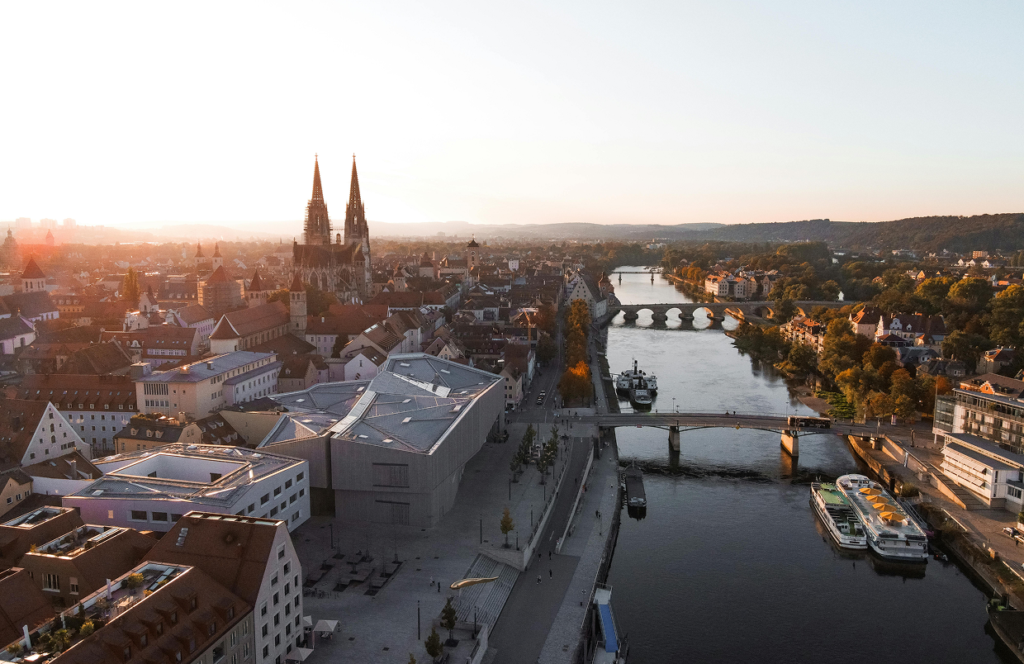
Here are some potential examples of adaptation to precipitation in Bavaria, Germany:
- Business. A local company working with on-site electrical equipment can relocate that equipment to higher floors to prevent water damage and electrocution risk.
- Government. European countries that share the Danube River can collaborate to develop reservoir management policies to limit flooding from the Danube during heavy rainfall.
- Community. Local communities could transform low-lying land into rain gardens to beautify the area while improving rainwater absorption.
- Individuals. Residents living near the Danube River in high flood-risk areas could either wet floodproof their basements or, if the risk is severe, relocate to homes farther from the river or on higher ground.
Climate adaptation to drought
Chiapas, Mexico is a largely agricultural region facing more frequent and prolonged droughts. Without climate adaptation, the impact of drought on local life can be severe. Strategies to store, conserve, and use water efficiently can lessen these impacts.
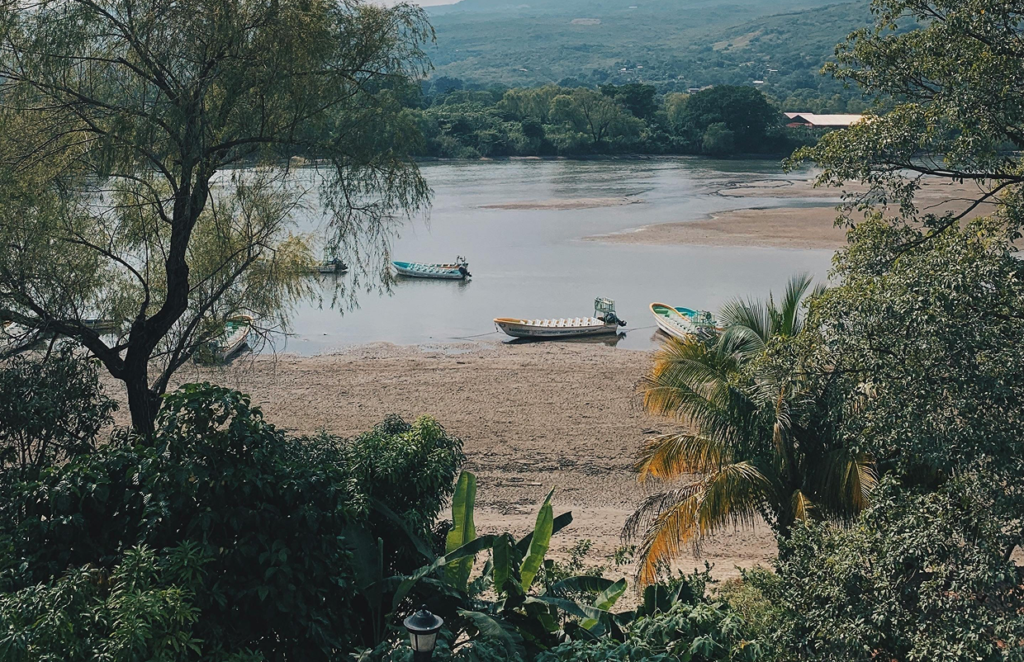
Here are some potential examples of adaptation to drought in Chiapas, Mexico:
- Business. A farmer wanting to protect their farm against potential drought and the resulting impacts of a smaller crop yield could employ irrigation tactics, switch to drought-tolerant crops, or shift their cultivation calendar to sustain their usual output of crops.
- Government. The local government in Chiapas can build retention ponds to store water, ensuring reserves are available for future drought.
- Community. Community members can share strategies for adapting to drought, such as reusing laundry water for irrigation, to promote a collective understanding of water conservation.
- Individuals. Individuals can collect rain water for domestic use or install water-efficient appliances in their residences to reduce water usage during drought.
Climate adaptation today and into the future
Humans have never had to adapt so quickly or on such a widespread scale as we do to climate change today. However, our ancestors never had climate science to help them anticipate and plan. By using the insights from climate science, considering the risks posed by changing local conditions, and maintaining flexibility for the uncertainties ahead, we can better prepare ourselves to navigate the challenges posed by an unstable climate.
